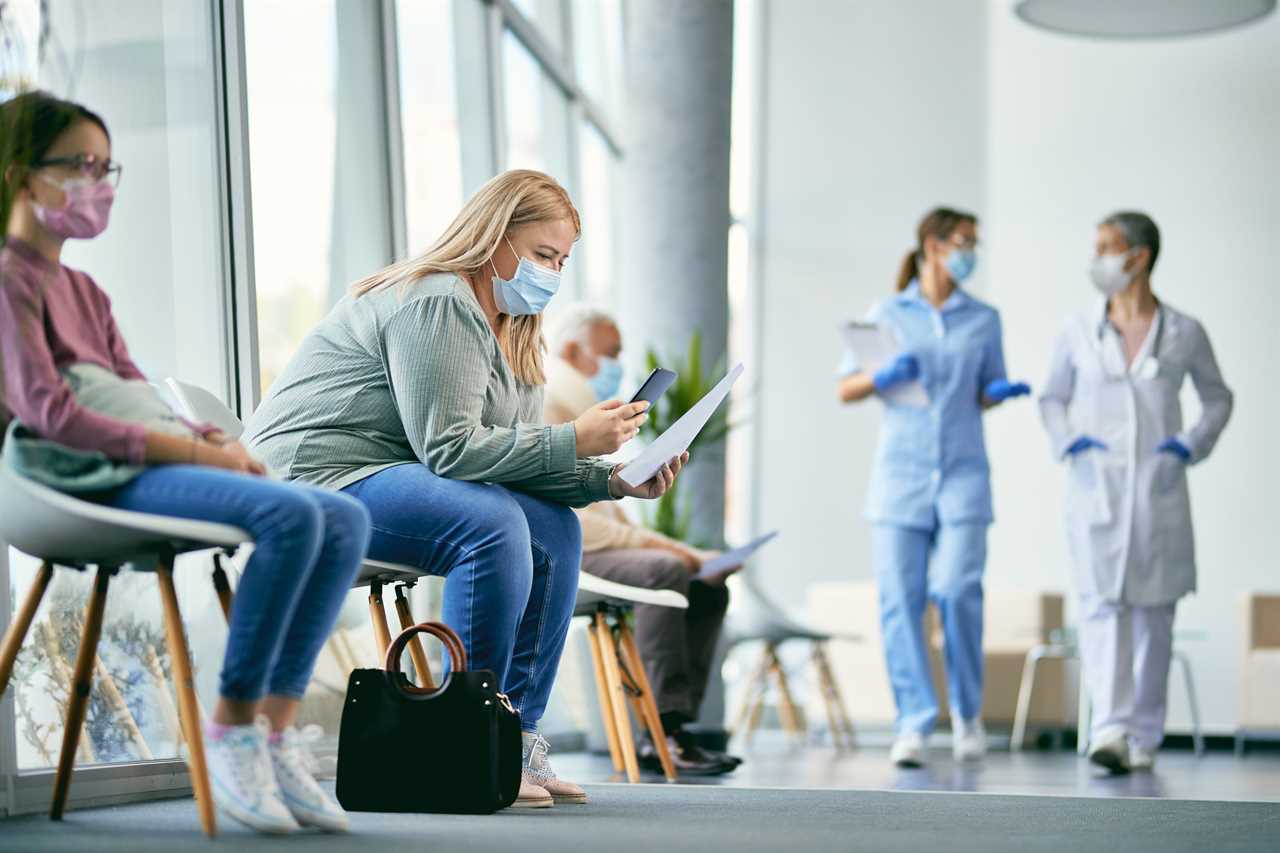---------------------------------------

If you’ve been to a hospital lately, you might have noticed: masks are back. The rising number of COVID-19 hospitalizations is prompting many health care systems—including those at the University of Pennsylvania, Johns Hopkins, and all public health hospitals in New York City—to require them once again.
Does wearing a mask still matter—and do the new mandates mean that other restrictions are on the horizon? Here’s what experts say.
[time-brightcove not-tgx=”true”]
Masks still make sense in these settings
Hospitals are full of people who are most vulnerable to COVID-19’s complications, such as those with weakened immune systems, older people, and those battling multiple health problems. “They represent areas where more people could potentially suffer very severe results from their infection,” says Andrew Pekosz, professor of molecular microbiology at the Johns Hopkins Bloomberg School of Public Health, so masking there is a good idea.
Masks aren’t perfect, and some are more effective than others, but studies show that they do reduce transmission on the whole. In the latest analysis, published in Clinical Infectious Diseases in January, researchers led by Dr. Francesca Torriani at University of California San Diego report that almost no infections were transmitted within that health facility (where there was a mask mandate) in the early days of the Omicron wave. In fact, they found that the only areas where transmission occurred were in break areas or during gatherings when people removed their masks to eat.
“Masks work,” says Dr. Robert Murphy, professor of medicine at Northwestern Feinberg School of Medicine. “If you’re interested in public health, requiring masks in places like hospitals is what we need to do. If everybody is wearing a mask, it works even better to prevent transmission of disease.”
Hospitals aren’t the only places vulnerable people gather, so Murphy suggests mask mandates could be extended to long-term care facilities and assisted living spaces. He also believes mask requirements in these settings should become a regular feature every year during respiratory season. “It’s probably a very good idea, from a public health standpoint, to say that this is something that happens every winter from December to February,” he says. “It just makes common sense. If universal masking is never going to be accepted at this point, let’s protect the most vulnerable, and hospitals are places where there are a lot of vulnerable people.”
Don’t bet on a return to restrictions
Murphy is also aware that “people in the U.S. are very nervous about getting into wider mask mandates.” While masks make sense in the health care setting, public health experts aren’t naïve enough to believe that they will return to other public places. “People are fed up,” says Torriani. “And we have to ask, ‘What’s the bang for the buck?’” In settings where there might not be as many vulnerable people, the payback for the inconvenience of wearing a mask is likely much lower. Plus, people have built up immunity from a combination of vaccines and infections over the past four years. “Now that the virus is less virulent, I really think we don’t need to be as drastic as we were at the beginning,” says Torriani.
Read More: How Long Does It Take to Get COVID-19?
She and other experts predict that COVID-19 measures in general will get looser, not tighter. In January, California’s public health relaxed recommendations on how long people need to isolate after testing positive, advising people to only stay home if they are positive and have symptoms like a cough or fever. If they are positive but don’t have symptoms, they no longer need to isolate. Torriani believes that the U.S. Centers for Disease Control and Prevention (CDC) might soon shorten their own guidelines—which currently advise positive people to isolate for at least five days after testing positive, and sometimes more, depending on their symptoms—as well.
Don’t forget your vaccine
There’s another important way to protect against COVID-19—getting the updated vaccine, which works quite well against the newer circulating variants. But now that vaccine mandates are a thing of the past, just over 20% of eligible people in the U.S. have received the latest shot. That’s because there are too many barriers to getting vaccinated now that the government is no longer providing free shots at convenient mass vaccination sites, Murphy says. “If you go to a pharmacy and say ‘I want the COVID vaccine,’ the first thing they will do is see if you have insurance that can pay for it,” he says. “The U.S. system is set up for public health failure.”
That places more of the burden of shielding against diseases like COVID-19 up to each individual. “COVID-19 is still killing more people than flu or RSV in the U.S.,” says Pekosz. “It’s still something we need to pay attention to and actively utilize the tools we have to minimize infections.”
-----------------------------------------
By: Alice Park
Title: Some Hospitals Are Requiring Masks Again. Will Other Public Places Be Next?
Sourced From: time.com/6588785/hospitals-masks-requirement-2024/
Published Date: Mon, 29 Jan 2024 15:21:44 +0000
Read More
Did you miss our previous article...
https://prohealthsciences.com/general-health-and-wellness/permafrost-zombie-viruses
 General Health and WellnessFitness and ExerciseSupplements and VitaminsPandemic NewsVideosPrivacy PolicyTerms And Conditions
General Health and WellnessFitness and ExerciseSupplements and VitaminsPandemic NewsVideosPrivacy PolicyTerms And Conditions
